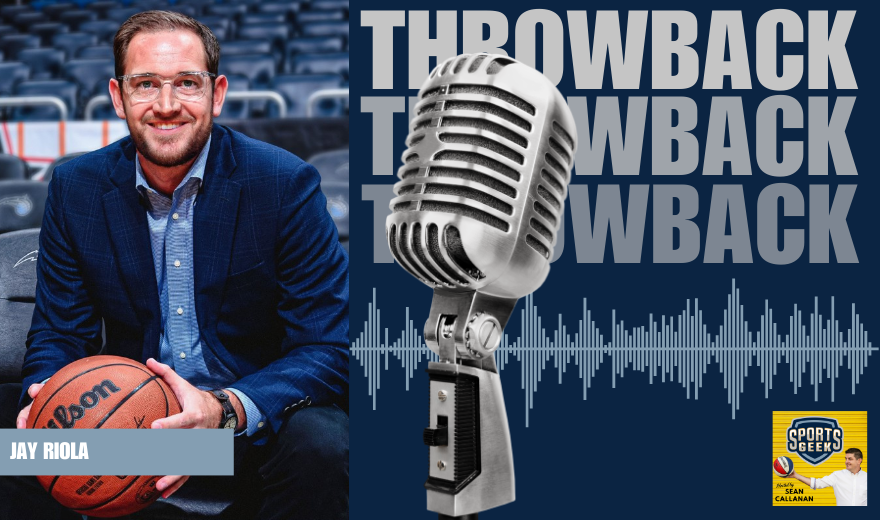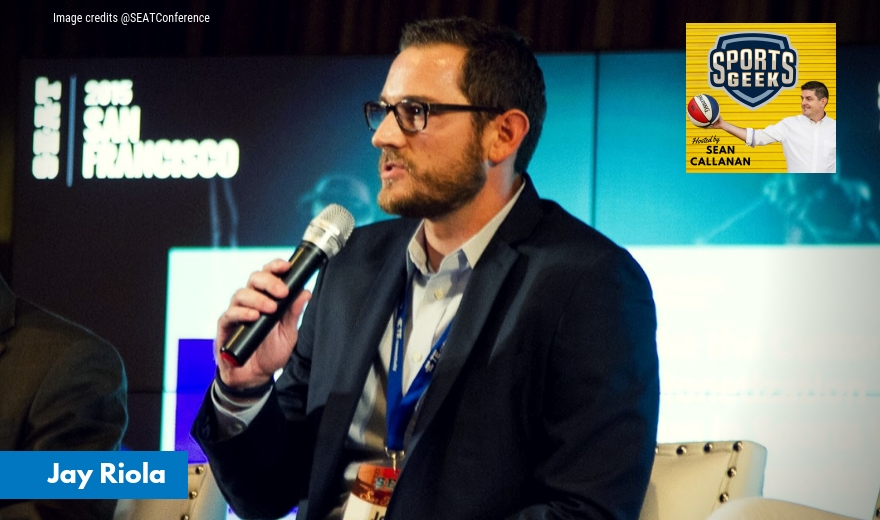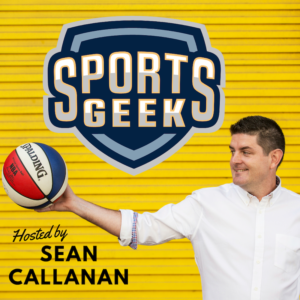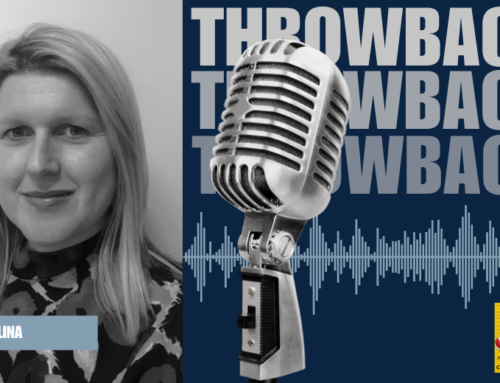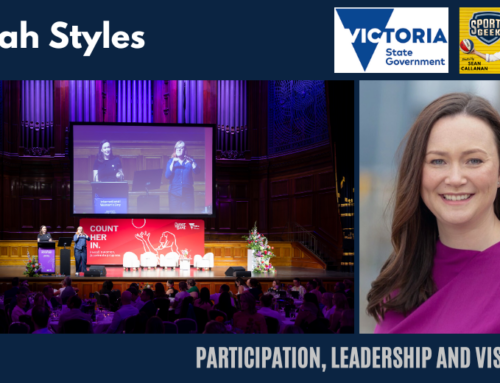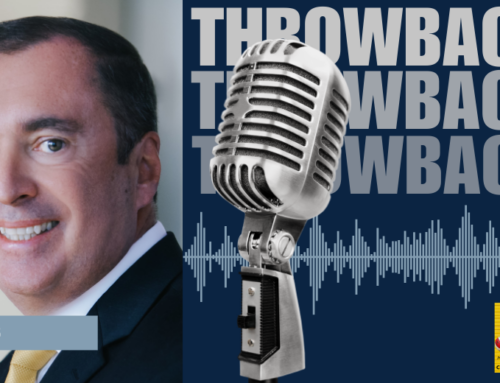This transcript has been lightly edited by AI
Sean: So going to that space of business development and strategy and started looking at you know buzz terms of big data and how do we Tecla our data and knowing that 2007 to 2010 period there was lots of change and lots of the industry starting to really dive into that space and then you're in this arena project early on working with architects that are looking at building at you know a future proof of venue and what's going to look like five or ten years on how do you straight over the last 10 years. When you're building a strategy top roles having a foot in both camps of what can I provide now that provides the business solutions now but also have a forward or a vision looking at 5 10 years down the track to make sure what I'm putting in place now is has that futureproof to it and be it at the longer range is ahead. How do you balance that from a in your role in that strategy role.
Jay: That's a great question and it's a it's a constant challenge. I think we as an organization this was really driven by ownership and executive leadership. So Alex Martins, our CEO, and Charlie Freeman, our president. One, they wanted to hang their hat on technology and knew that being a technologically advanced venue was going to be really important not only when we opened in 2010 but investing in infrastructure to provide flexibility to kind of grow and adapt into the future. And you know what I would tell you I don't remember the exact numbers here but like at the time we opened we were working with some of our tech consultants and I think we had the beefiest Wi-Fi system for any team in the NBA. And since we opened in 2010 we've probably invested twice to boost our Wi-Fi in the building. And you know perhaps maybe you need to do more of that as we push more and more people onto digital tickets and to use the app to enhance their experience. So, one, I think just the recognition that technology was a space that needed to be invested in, and it's not a one-time thing, it's a continual thing. But at least if you can do all that's possible to future-proof and provide the infrastructure and the foundation that can be built upon, it's really important. Then the other piece, kind of on the tech front, and I would tell you, was you're absolutely right between 2007 and 2010, so much changed in the ticketing space. That was really when StubHub and secondary ticket markets emerged, and they had been around before, but they really began to emerge. And teams were recognizing the importance of accurately pricing their tickets and dynamically pricing their tickets and being smart about their distribution. And a lot of that I think opened up our eyes and our team's eyes to the importance of data and the importance of analytics and analytical thinking and having tools and people that can make sense of that data. So we made some investments in technology, not just in the building like scoreboards and video boards, but also investing in an enterprise data warehouse and licensing SAS analytic software. So we made some of those investments as well. But the other piece that I would tell you, and I think this is a constant, is our renovations to buildings and different premium seating areas, concession areas, to continue to refine what the new experience looks like. Because it has definitely changed in the last 10-20 years, from coming to a game, going to your seat, and sitting there watching the game, to coming to the game and having a fully experiential experience where you're expecting to be entertained in different ways, not just in your seat. I think that is an area that we're constantly looking at, studying other buildings, other teams, other sports, and trying to make sure that our building has flexibility and adaptability to be able to meet some of those changes easily without major innovation, but also constantly keeping an eye on what would help generate more revenue from the fan experience and keep us as one of the best buildings in the NBA. So I think it's a constant challenge to balance the here and now requirement with what we're doing for five and ten years down the road.
Sean: Because I mean, you can go back and it's probably seven or eight years ago now, my co-founder saying, “I don't want fans pulling their phone out of their pockets because he wanted the experience of the game to be so engaging that they didn't, they too didn't want to.” And now that whole experience has changed, and pulling a phone out of the pocket is part of it. But then it's also a part of it, whether it's the ticketing pace, the cameras pace, the fact that it's integrated and what you're doing from an entertainment point of view. And so that's how the venues have had to evolve because the shopping malls that we're going to or the theater districts we're going to that are being developed, all the downtown areas that are being redeveloped. You know, this experience pace, and that's why you're saying, you know that rate of I should pace is becoming so important from a venue point of view, it's the expectation of what fans and now they want as part of an experience that I just want the, “I'm going to sit down and have my popcorn and watch a ball game.” It's that and more.
Jay: Yeah. And consumer expectation is set in the industry, not just in sports.
Jay: You know when I order my Starbucks coffee from my phone or Chick Fillet, the expectation of customers is that the same experience is going to be available to them when they come to a sporting venue, and that technology is just part of their experience now. And I think it's our responsibility as teams and entertainment properties to accommodate as best we can. Because it's like I just think that it's part of the way people are becoming more and more accustomed to operating. You know, I like when I travel, I hate having a printed boarding pass. I despise when I've I wanted to be on my phone. I don't want to have to carry it around and worry about it. A lot more competent. And I think that five years ago was not the way the world works. So like that is pushing people to digital tickets even though we've been moving in that direction for a long time. When the rest of the world operates in a certain way, I think if it pulled us in that direction even stronger.


